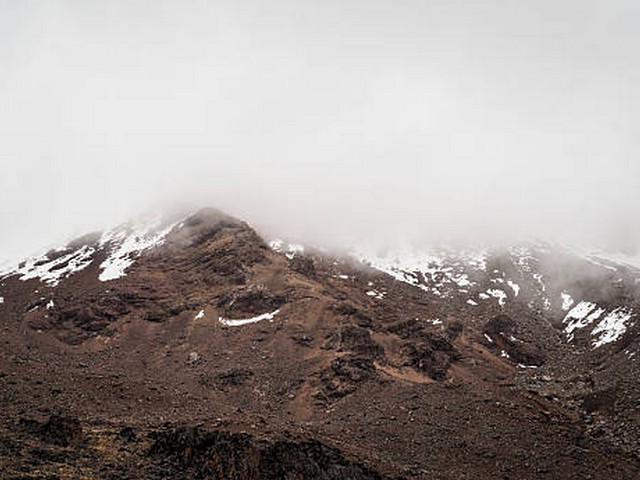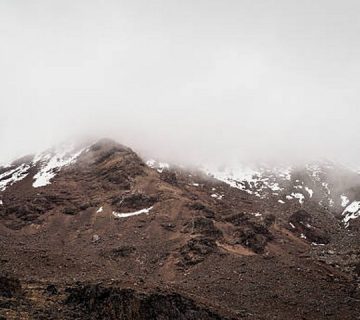Best Camera Gear For Kilimanjaro Trekking: Capture the Majesty
When embarking on a trek as majestic as Mount Kilimanjaro, every hiker dreams of capturing the breathtaking views, the unique flora and fauna, and the once-in-a-lifetime moments. At Kilimanjaro Centre for Trekking and Ecotourism (KCTE), we understand that these memories are priceless. That’s why we’re here to guide you through selecting the best camera gear for your Kilimanjaro adventure, ensuring you can beautifully preserve your journey to the roof of Africa.
Why the Right Camera Gear Matters on Kilimanjaro
Trekking Kilimanjaro is more than a climb; it’s a visual story. Each zone, from the rainforests at the base to the arctic summit, offers unique landscapes and wildlife. The right camera gear allows you to capture these wonders in all their glory. Imagine photographing the sun rising over Mawenzi Peak or capturing the intricate details of the rare Kilimanjaro impatiens.
Quality photographs also mean you can share your journey with family and friends or even inspire others to explore the natural wonders of Tanzania. But, the challenge of Kilimanjaro’s diverse environments means not just any camera setup will do; you need robust, versatile gear that can handle everything from rain to high-altitude sunlight.
Choosing Your Camera: DSLR vs. Mirrorless
DSLR Cameras
Pros:
- Battery Longevity: Ideal for long treks where charging options are limited.
- Durability: Often built to endure harsh weather conditions.
Cons:
- Weight: Heavier, which can be a downside on a physically demanding climb.
Mirrorless Cameras
Pros:
- Compactness: Lighter and generally smaller, great for reducing pack weight.
- Advanced Features: Such as high-resolution electronic viewfinders and silent shooting.
Cons:
- Battery Life: Typically shorter than DSLRs, requiring extra batteries.
For Kilimanjaro trekking, consider the balance between weight and functionality. A mirrorless camera might be beneficial for those prioritizing a lighter pack, whereas a DSLR might be suited for those who value battery life and ruggedness.
Essential Lenses for Capturing Kilimanjaro’s Diversity
Wide-Angle Lens
Perfect for expansive landscape shots of Kilimanjaro’s vast terrain. Capture everything from wide forest vistas to the sprawling openness of the Shira Plateau.
Telephoto Lens
Ideal for wildlife photography and detailed shots of distant objects. Whether it’s a colobus monkey in the canopy or climbers silhouetted against the morning light, a telephoto lens brings the distant close.
Standard Zoom Lens
A versatile choice, enabling quick focus adjustments from wide scenes to more specific subjects, great for capturing the diverse elements of your trek without changing lenses.
Must-Have Camera Accessories
- Tripod: Essential for stable shots, especially in low light conditions like dawn or dusk.
- Extra Batteries and Memory Cards: Given the cold and extended trekking days, having backups is crucial.
- Protective Gear: Waterproof bags or cases to protect your gear from the elements.
- Lens Filters: UV and polarizing filters to enhance photo quality under direct sunlight and prevent lens glare.
Tips for Capturing Stunning Photos on Kilimanjaro
- Golden and Blue Hours: Utilize the soft light during sunrise and sunset for dramatic landscapes.
- Rule of Thirds: This classic composition technique helps in creating balanced and engaging images.
- Focus on Details: Sometimes, the magic lies in the smaller details—footprints in the snow, ice crystals, or the textures of the volcanic rocks.
Packing Smart: Balancing Gear and Necessity
While it’s tempting to bring all your camera equipment, remember that every extra pound counts when you’re climbing 19,341 feet. Prioritize gear based on your photographic goals and the trek’s demands. Also, consider investing in a good quality, lightweight camera backpack with easy access, so you don’t miss out on sudden shots.
Join Us at KCTE for Your Kilimanjaro Adventure
Ready to take on Kilimanjaro and bring home memories encapsulated in stunning photographs? Book your climb with Kilimanjaro Centre for Trekking and Ecotourism (KCTE). We’re not just experts in guiding treks; we’re passionate about helping you capture the essence of Kilimanjaro through your lens.
FAQ: Best Camera Gear for Kilimanjaro Trekking
What is the best type of camera for Kilimanjaro trekking?
Mirrorless cameras are recommended for their light weight and compact size, but DSLRs are favored for their durability and battery life in cold climates.
Should I bring a tripod on my Kilimanjaro trek?
Yes, a lightweight, compact tripod can be invaluable for night shots, long exposures, and achieving sharp images in varied lighting conditions.
How can I protect my camera from cold and moisture on Kilimanjaro?
Use weather-sealed cameras and lenses if possible. Additionally, keep your camera in a waterproof bag and use silica gel packets to absorb moisture.
Can I charge my camera batteries during the trek?
Charging opportunities are limited on the mountain. Carry extra batteries, and keep them warm, perhaps close to your body, to preserve their life.
Climbing Kilimanjaro offers a unique opportunity to capture the beauty of one of the world’s most iconic mountains. With the right camera gear, you can immortalize your journey from the rainforest all the way to the snowy summit. Remember, every picture tells a story, and your Kilimanjaro trek is a story worth telling. Join us at KCTE, and let’s make your photographic dreams come true at the peak of Africa.




